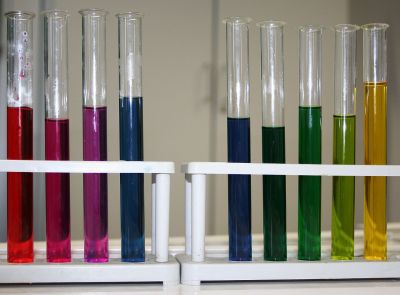Tissue engineering is emerging as an alternative approach for dealing with soft tissue and skin injuries. Considerable progress has been made in the manufacturing of biomimetic scaffolds that can facilitate regeneration of the damaged tissue. However, the problem with using these materials in a hospital environment is bacterial infection.
The primary objective of the EU-funded 'Novel smart materials for biomedical application' (
BIO-SMART) project was to develop an approach for synthesis of smart hydrogels that upon contact with bacteria can release an antimicrobial agent. Work focused on the specific response of scaffolds to biological stimuli, steering away from the traditional sensing of temperature, pH and ionic strength changes.
Researchers developed a number of novel strategies, including the development of hydrogels that can respond to an antigen–antibody interaction. The capture of microbial antigens by scaffold-embedded antibodies facilitates the antimicrobial drug release from the hydrogel. This specific response takes place at the first sign of bacterial colonisation, thereby providing prompt treatment and preventing infection.
An additional, innovative approach entailed the incorporation of bacteriophages into polymer films. The capacity of bacteriophages to survive and function in dried films could be further exploited for covering wound dressings.
Analysis of the water content of the generated hydrogels indicated the presence of free water rather than water confined in the pores of the scaffold. This helped understand the biocompatibility of hydrogels and their ability to support various biological processes.
Overall, BIO-SMART materials demonstrated their capacity to prevent bacterial infections while promoting tissue regeneration. The developed technology could be further exploited to develop sensors and drug delivery systems.

